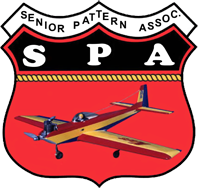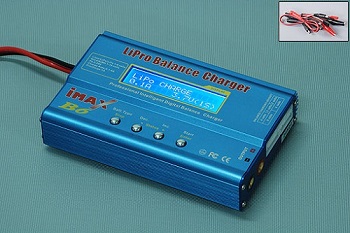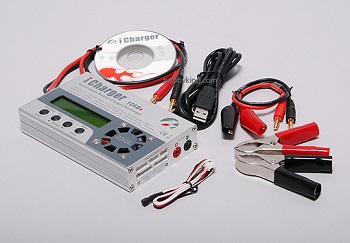|
LiFe Receiver Batteries for SPA
Airplanes
Links to other articles in this series: I flew AMA pattern from 1982 through 2000, then took a 12 year break completely away from RC to do other things. I discovered that many things in the RC world had changed when I returned to flying in 2013.
I found these to be a mixed bag of changes. The first two are good things because they make our lives easier as modelers. Telemetry on my new 2.4GHz radio has saved airplanes twice for me in less than a year by detecting battery problems before they caused a crash. Unfortunately, I can’t say the same for NiMH batteries. While they are rugged and provide strong power for our models, they have at least one negative trait – they self-discharge. This means that if you leave your models unused for an extended period of time, such as over the winter, you’ll find the receiver batteries very low or completely dead when you want to go flying again. Therefore, you have to recharge them approximately monthly while not in use to keep this from happening. I currently have five flyable aircraft in my stable and I wanted a better solution. I had been using 5 cell 6.0 volt 2000 mah Hydrimax NiMH packs in my SPA competition aircraft to deal with the higher voltage and current requirements of digital servos. I did a lot of online research and found that a lighter 2 cell 6.6 volt LiFe (Lithium Iron) battery pack could be used to replace the NiMH pack without adversely effecting either my JR XG8 radio or DS821 servos, so I changed one of my aircraft over to a LiFe receiver battery to see for myself. The results were amazing – the LiFe pack held a charge for a very long time, wasn’t affected by the high current draw of my digital servos and could be charged very quickly. I did find three drawbacks to changing to the LiFe receiver batteries.
Item 1 is pretty straight forward – simply buy a new charger. It’s a one-time expense and decent DC only chargers are available for under $30 while an AC/DC version can be found for around $70. Below is a table showing three chargers that I personally own and recommend. All will balance charge your battieries without problems. Item 2 and 3 are addressed on other pages. Click the links at the top of the page to visit.
|
 |
Senior Pattern Association |
 |
| Dedicated to the Building, Flying and Competition of Vintage Pattern Model Aircraft | ||


